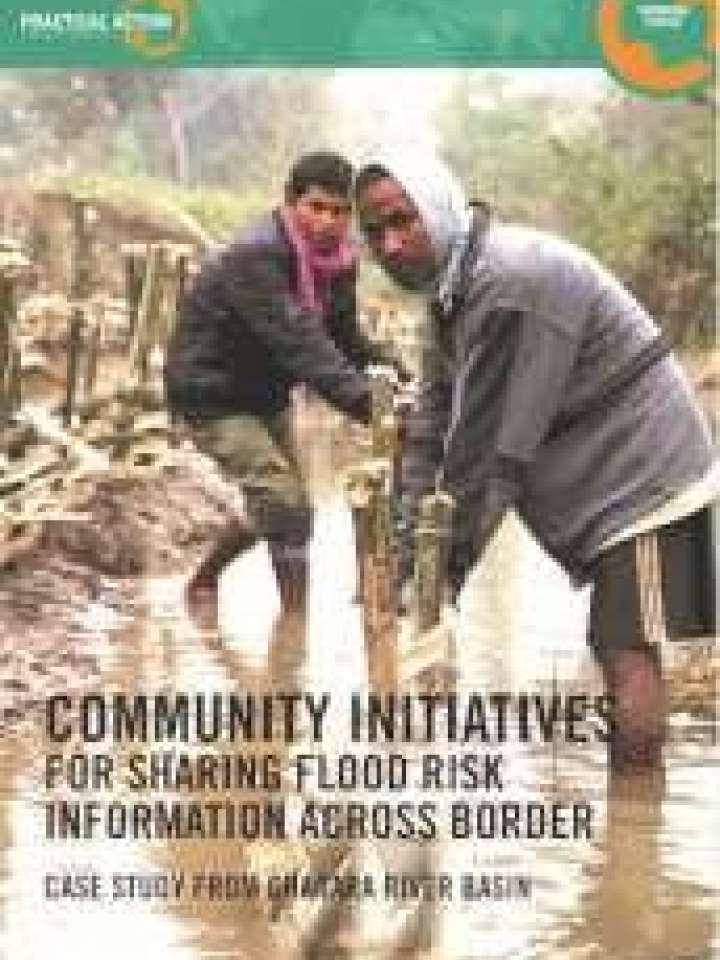Community initiatives for sharing flood risk information across border: case study from Ghagara river basin
This paper discusses the need of community level coordination and collaboration for flood information exchange across Indo-Nepal Border. Presenting a case study from Ghagara (Karnali/ Sharda) River basin where border communities are taking initiatives for flood risk information sharing. This paper highlights the key issues, challenges and prospects for cross-border collaboration to jointly cope with the trans-border river flooding across India and Nepal.
Past several years, Practical Action has been working in Babai, West Rapti and Karnali River Basins of western lowland in Nepal and supporting local people and government stakeholders establish and institutionalize Flood Early Warning System (FEWS). Since these rivers of Nepal flow down towards India, the floods in these rivers have a huge impact across lowlands of India as compared to Nepal. Therefore, developing mechanism to share the risk information from upstream (i.e. Nepal) to downstream (India) can indeed help in saving numerous lives and properties across the borders during flooding season. With this realization, Practical Action and Purbanchal Gramin Vikas Sanstha (PGVS), a Lucknow based Indian NGO jointly developed a mechanism for sharing risk information from communities of Nepal to those in India.
A community network has been formed at local level with representation from among the communities, civil society organisations, entrepreneurs, journalists and humanitarian organisations of both countries to share flood information from Chisapani Station of Karnali, Chepang Station of Babai and Kusum Station of Rapti River of Nepal. This community led informal sharing mechanism for cross border flood information has been found effective in last two years and shows huge potential to further strengthen and upscale it with a formal trans-border early warning system across Nepal and India.
Explore further

